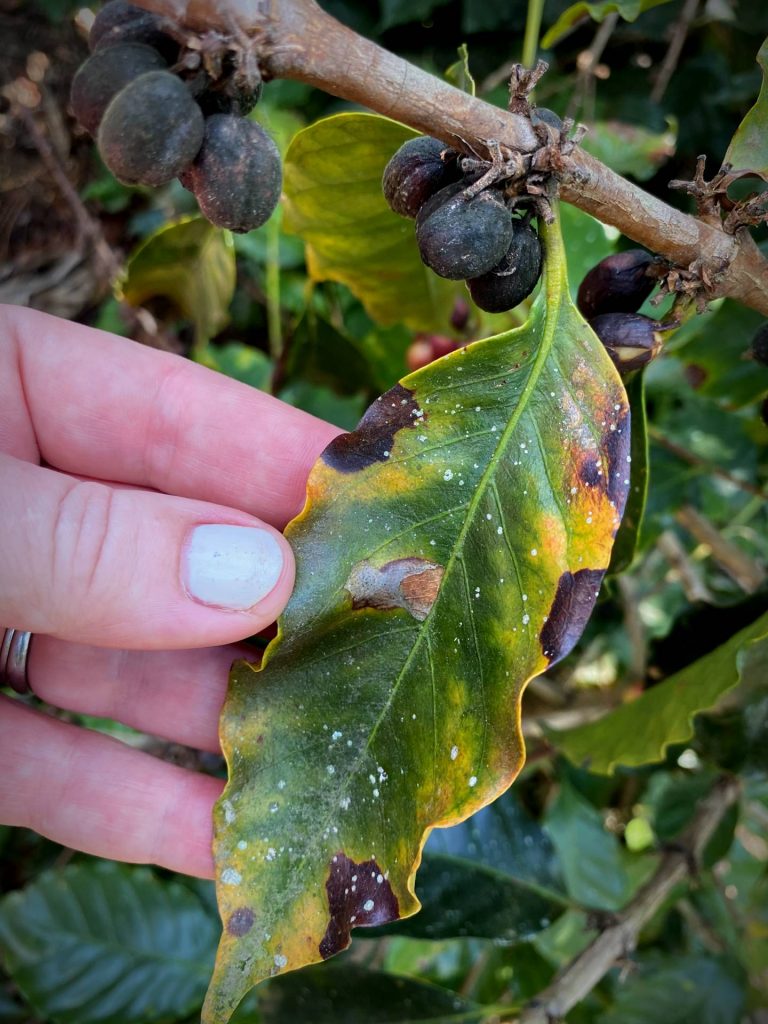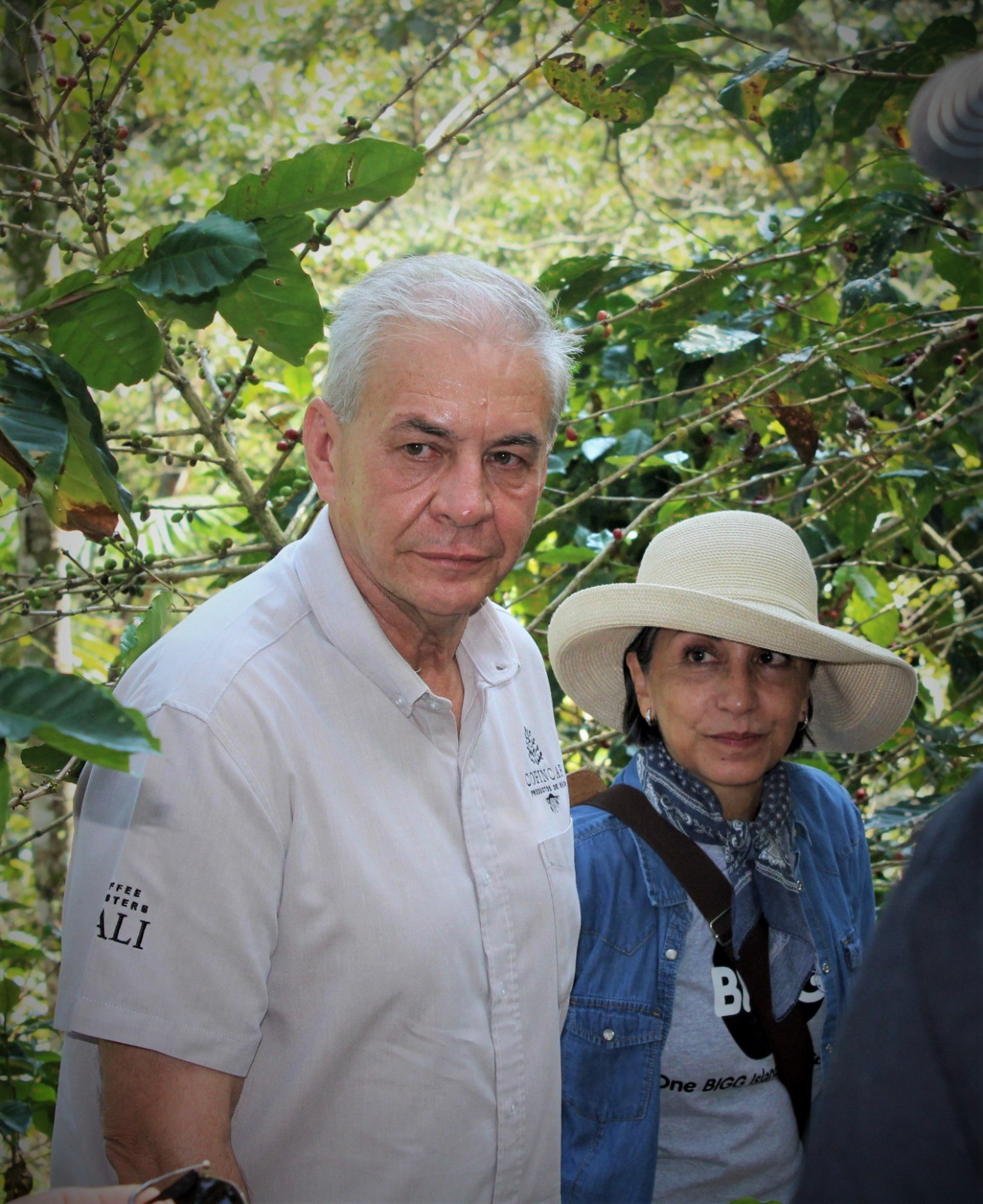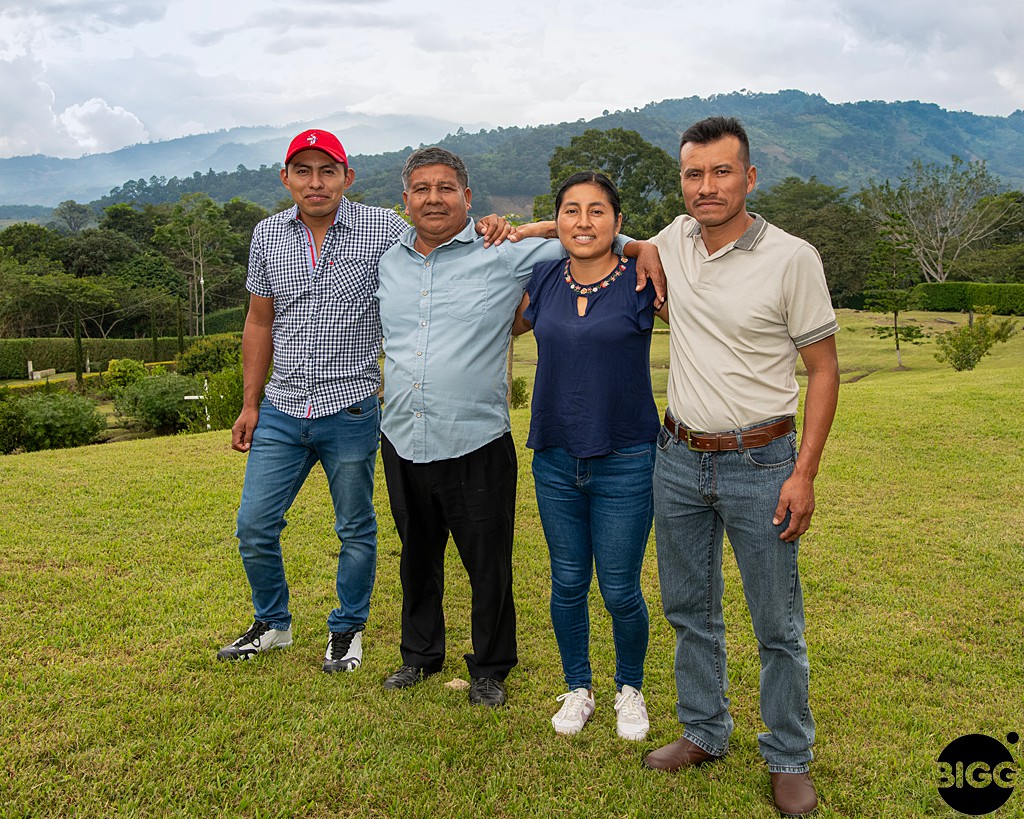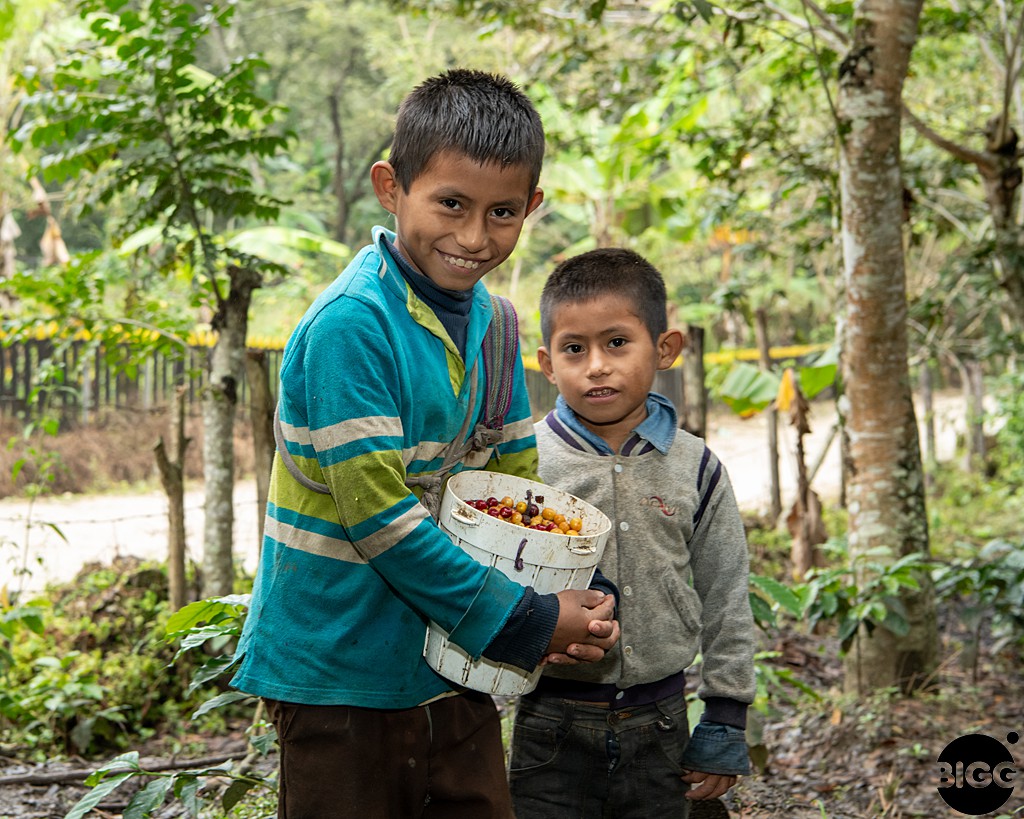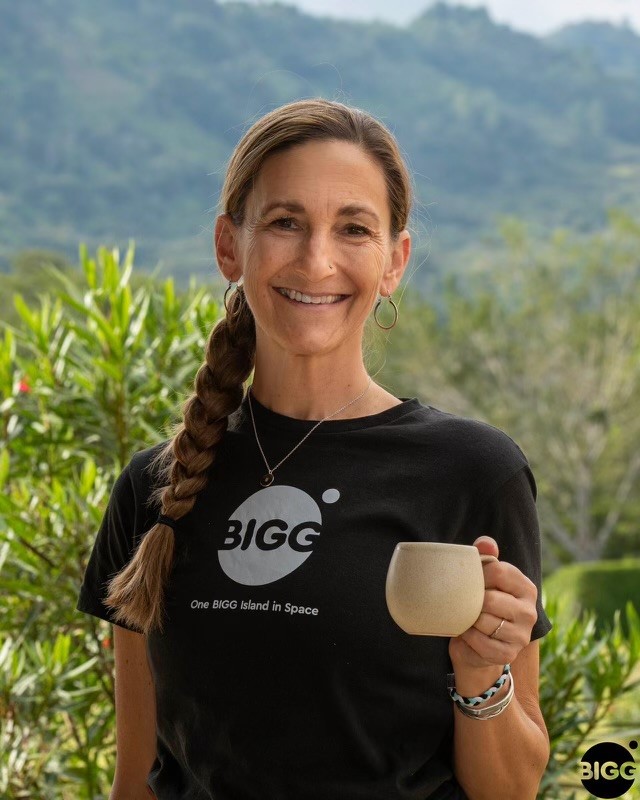By Michelle Fish
Late last year, OBIIS finalized the details of our newest Farm-Direct partnership with Maria Esther Saut and Pascual Castillo. They are the proprietors of COFINCAF, which is an aggregator, processor, and exporter of coffee. And they are also coffee growers on their beautiful model farm, Finca La Fortaleza, in Chiapas, Mexico.
Since we first met them in August of 2021, they have become two of our dearest friends and most trusted partners. They have done as much or more to shape how we see the opportunities before us in OBIIS as anyone. And they have inspired us beyond measure with the work that they are engaged in with hundreds of small producers in their region.
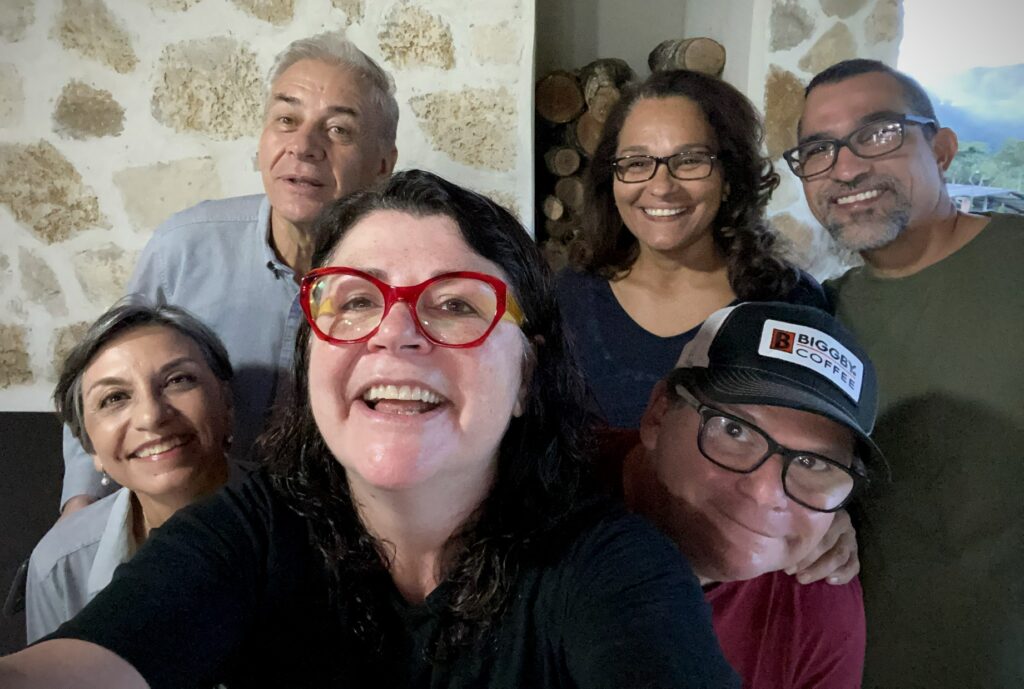
*From L-R: Maria Esther Saut and Pascual Castillo, Michelle Fish, Miriam Morales, Bob Fish, and Jorge Ferrey, from our visit in October of 2021.
But that’s not where the story starts. The roots of where they are today, and why they are so committed to the path they’ve chosen, go back decades. It’s a story about people and relationships, and what it means to be steadfast in a turbulent world. It’s a story about coffee in Mexico’s second poorest state. And the opportunity and heartbreak of coffee markets for small, economically vulnerable producers. But it’s mostly a story about people who see the world differently than everyone around them, and are brave enough to take big, seemingly irrational and impossible leaps to bring a new way of doing things into existence.
Life Before La Fortaleza
In 1986, Pascual and his father went into the coffee business together in the coastal city of Veracruz, about 9 hours away from Chiapas by car. They built their first dry-mill and started scouring the coffee growing regions of Mexico to find farmers from whom to buy. Over time, they built a very successful processing and exporting business that focused primarily on volume. Their client list included (and still includes) some of the behmoths of coffee, names we would all recognize. And they shipped (and ship) millions of pounds of coffee all over the world every year.
In the family business, Pascual had two main passions. One was designing and building dry mills, and after building more than a dozen or so, I can assure you he is very good at it.
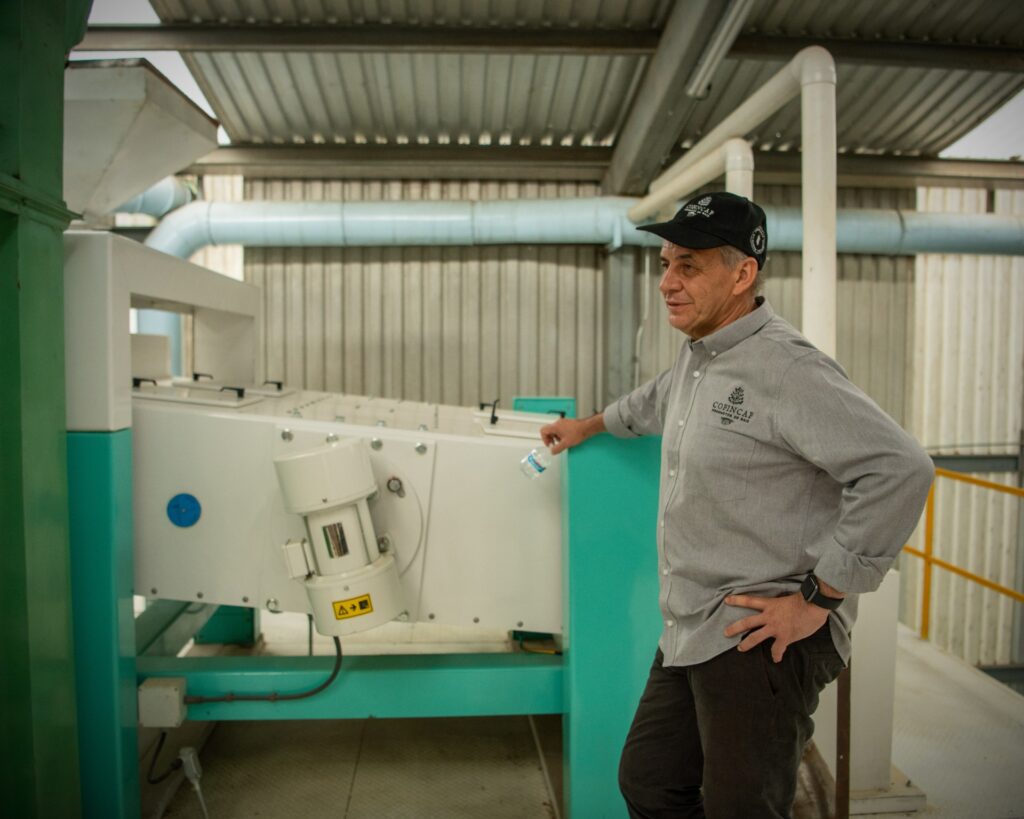
*Pascual Castillo in the dry mill he built at Finca La Fortaleza.
But his biggest joy, then and now, comes from finding and working with small coffee producers. He began to spend a lot of time in Chiapas in the early days of the company. In part, because the coffee was very good there. But more than that, he was attracted to the people that grew it.
Although there are a few landowners with very large holdings producing coffee, the vast majority of the region’s crop comes from growers with two hectares (about five acres) or less. Much of this coffee is grown by people of indigenous descent, many of whom live and work their lands in remote areas far from population centers and the resources of the state.
Where the coffee grows
It’s a very tough life in these mountain villages. The primary economic opportunity is agriculture. And, like small farmers all over the world, it’s hard to make a good living growing subsistence and commodity crops. Access to education and health care is scarce to non-existent. Birth rates are high, and so are infant mortality rates.
In many of these communities, people over the age of 30 aren’t likely to speak any Spanish. Rather, they speak their indigenous language, and still celebrate their Mayan heritage through their cultural customs and their dress. Two of the most common languages spoken are Tzeltal and Ch’ol.
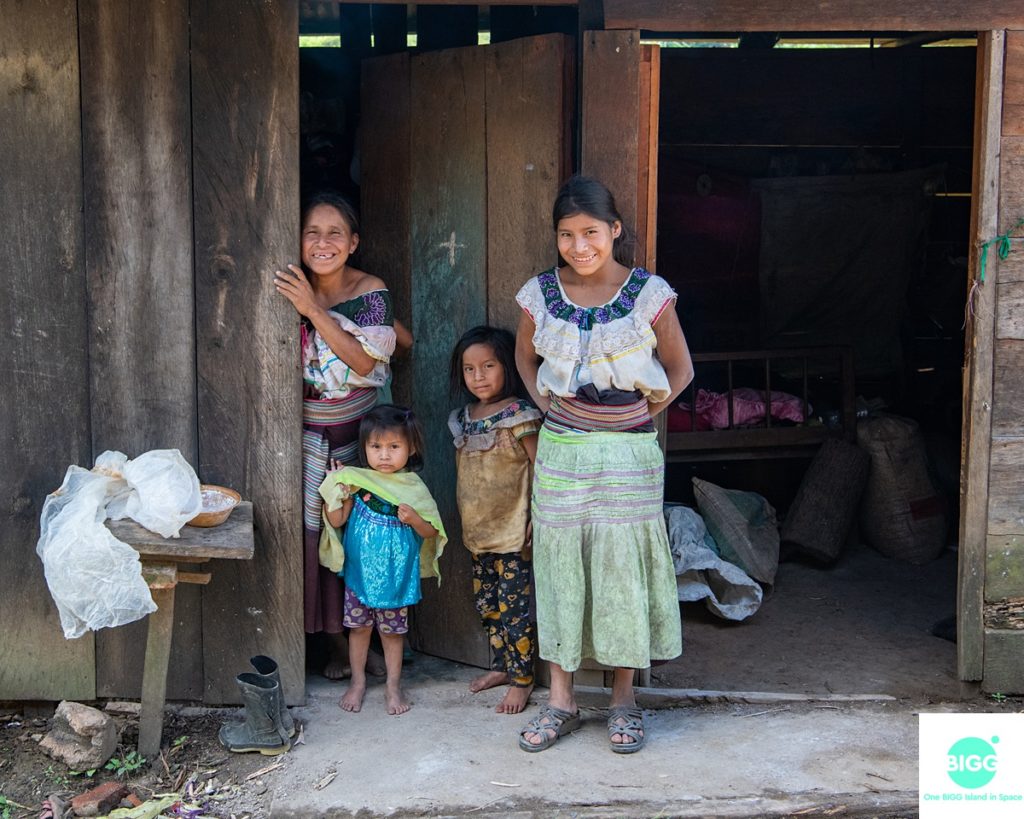
*The Ramos family are among the many small producers of coffee in the rugged mountainous terrain of Chiapas.
These small coffee producers have been caught for decades between a dual set of challenges that can make it almost impossible to make a sustainable living. One is their lack of access to processing and transportation of their crop. That leaves them vulnerable to the vagaries of what we call “The Gate Keeper Model” as we discussed in our recent story on Ethiopia. They rely on a series of middle-men to get their crop to market, the vast majority of whom are interested in paying the farmer as little as possible.
The second challenge is the nature of the C-Market contract by which coffee is bought and sold. A producer never knows what price their coffee will get until it’s time to sell it. And the price is determined by factors that happen worlds away from their farm, like whether or not Brazil has had a frost, or Columbia has had a banner year of production. It happens way too often that a producer must sell their crop for less than it cost them to grow it, because they need the cash to feed their families.
Pascual’s respect for these small producers ran deep. And he formed many strong friendships over the course of his time buying coffee for the family business. He forged partnerships in these communities and became invested in working them to improve their agronomy and get them better prices for their coffee. Over the years, fulfilling the commitment that he made to these people that he so respected became more than just a job for him. It was his purpose.
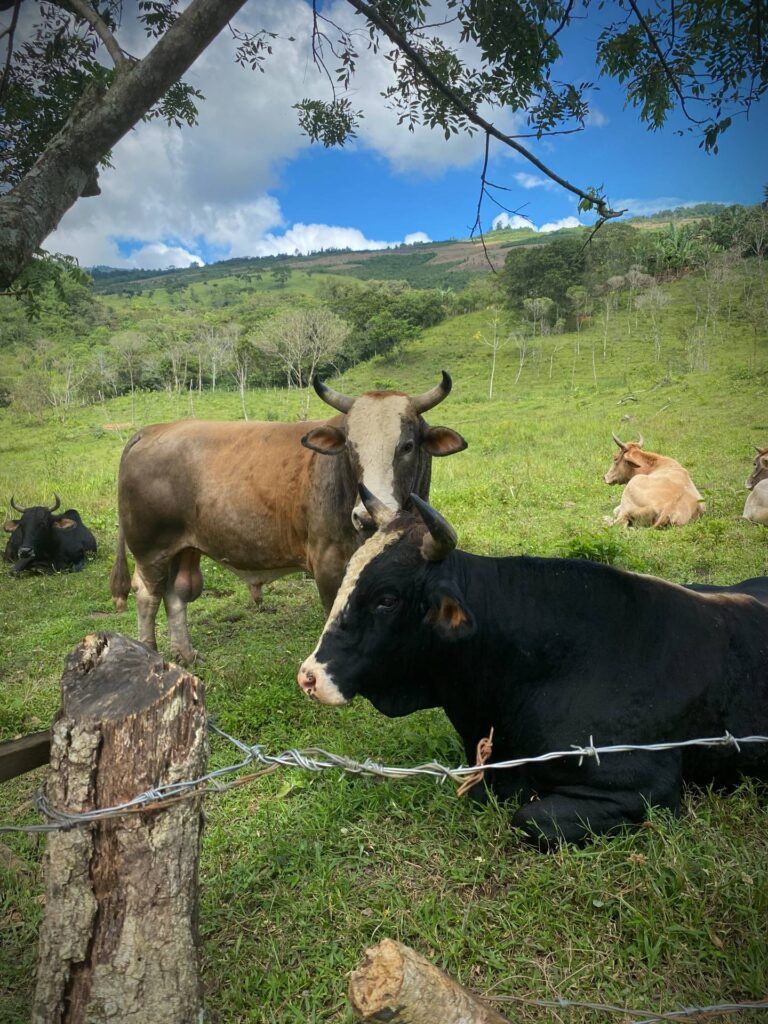
Meanwhile, back on the farm
Coffee wasn’t the only family business. Pascual’s father was also a successful cattle rancher and, in fact, owned a ranch in Chiapas, as did a dear friend of Pascual’s. In 2007, when 108 hectares (about 270 acres) became available in the Yajalon area, which translates to “Green Land,” Pascual decided to buy it.
It was a beautiful spot. Bucolic, with a river that flowed through it, and the vista of mountains all around. Once, the land had been forested. But farming cattle requires removing the trees to open the range for grass. Of course, deforesting has its own impact on the landscape, as does the trampling of hundreds and hundreds of cows. The soil compacts, and the temperature rises, changing the types of flora and fauna that can inhabit the mini environment.
The cattle farm was very financially successful. Pascual and his wife, Maria Esther, built a house to be used as their weekend retreat. And Pascual enjoyed spending more and more time there, being close to the small producers, and living in the landscape that he so loved.
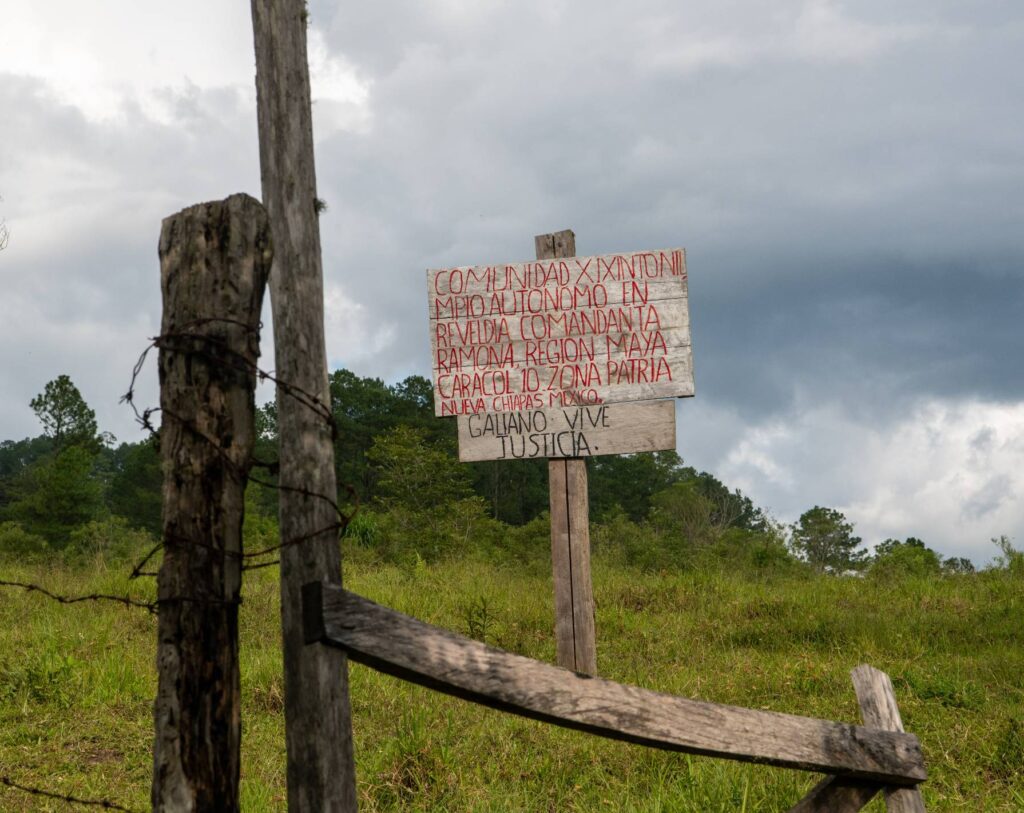
Revolution
There has always been tension between the indigenous communities in Chiapas and the larger Mexican society. Economic inequality, lack of access to basic services, and unfair and exploitive land management policies are a few of the many complaints that always simmered below the surface. Many of the small farmers did not have deeds or titles for their land. It had been handed down through generations, with no state record keeping or involvement. In 1991, the Mexican government of Carlos Salinas rescinded legal protection for small land owners without documentation. It was generally viewed as an invitation to larger land holders and corporations to seize property. And what had simmered began to boil into an outright rebellion.
While the local indigenous population began to mobilize politically and through protest, the Mexican government responded with a brutal repression campaign. In spite of the threat of government reprisals, small local groups began to arm themselves. Large landowners, fearing violence, formed paramilitary organizations to police the locals. And by 1994, out-right revolution had begun.
Meanwhile, Pascual’s family company was sending trucks in and out of Chiapas several times a week during harvest season to pick up the coffee cherries from his partners.
As the violence began to escalate, most of the other big coffee companies pulled out. Even Pascual’s company drivers refused to go in. The risk of violence was just too high. But that was devastating for the small producers, Pascual’s partners, whose families depended on getting their crop to market.
So, over the very strong objections of his family and his friends, Pascual went himself, several times a week, all through harvest season. When I asked him why he would take that personal risk, he told me that the small producers were counting on him. If he didn’t go, no one else would. And besides, he said, they knew him, and he felt that he would be protected from being shot or kidnapped because the people in these communities knew he had always done right by the farmers.
It was very dramatic foreshadowing for what was to come.
